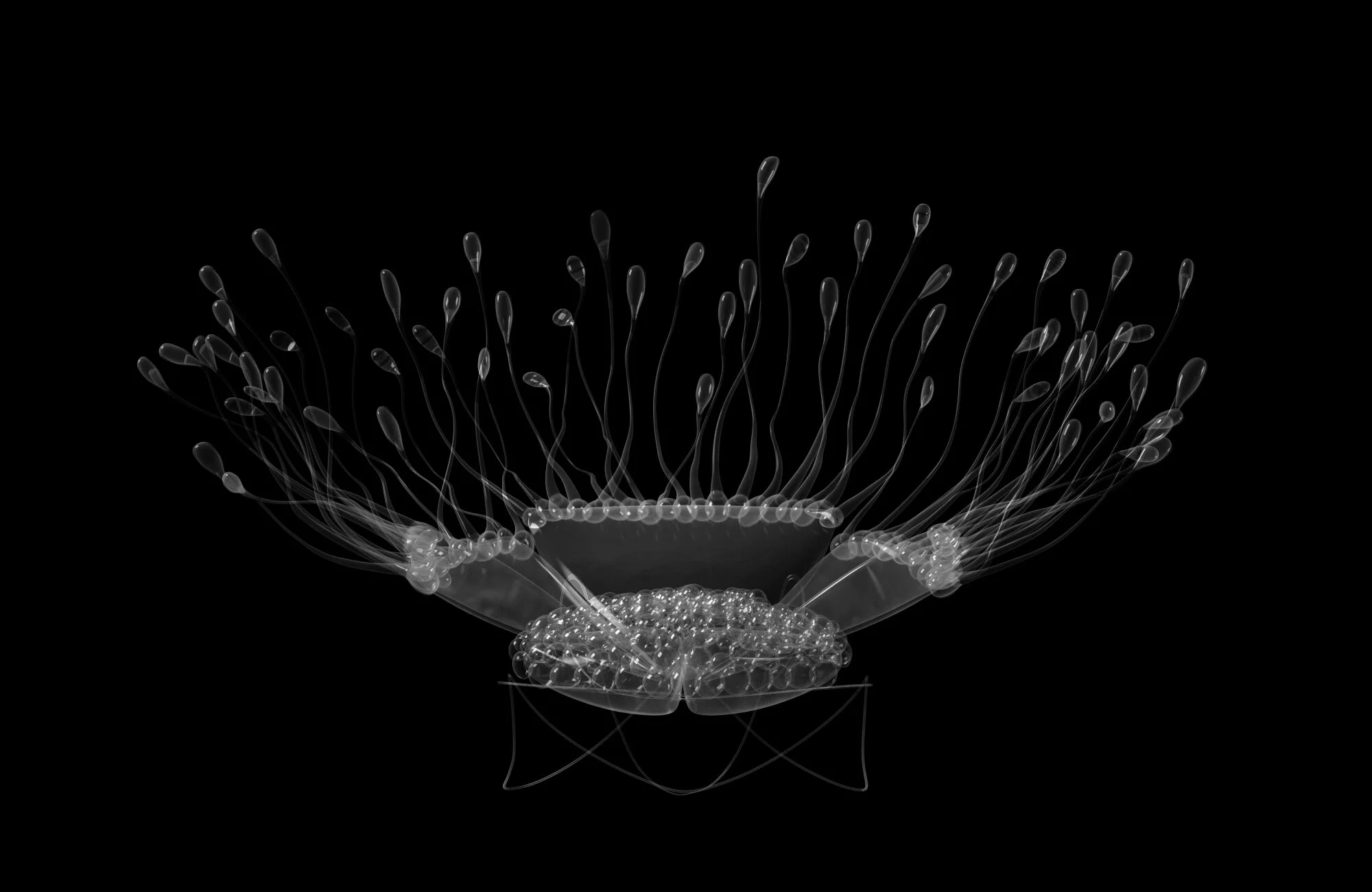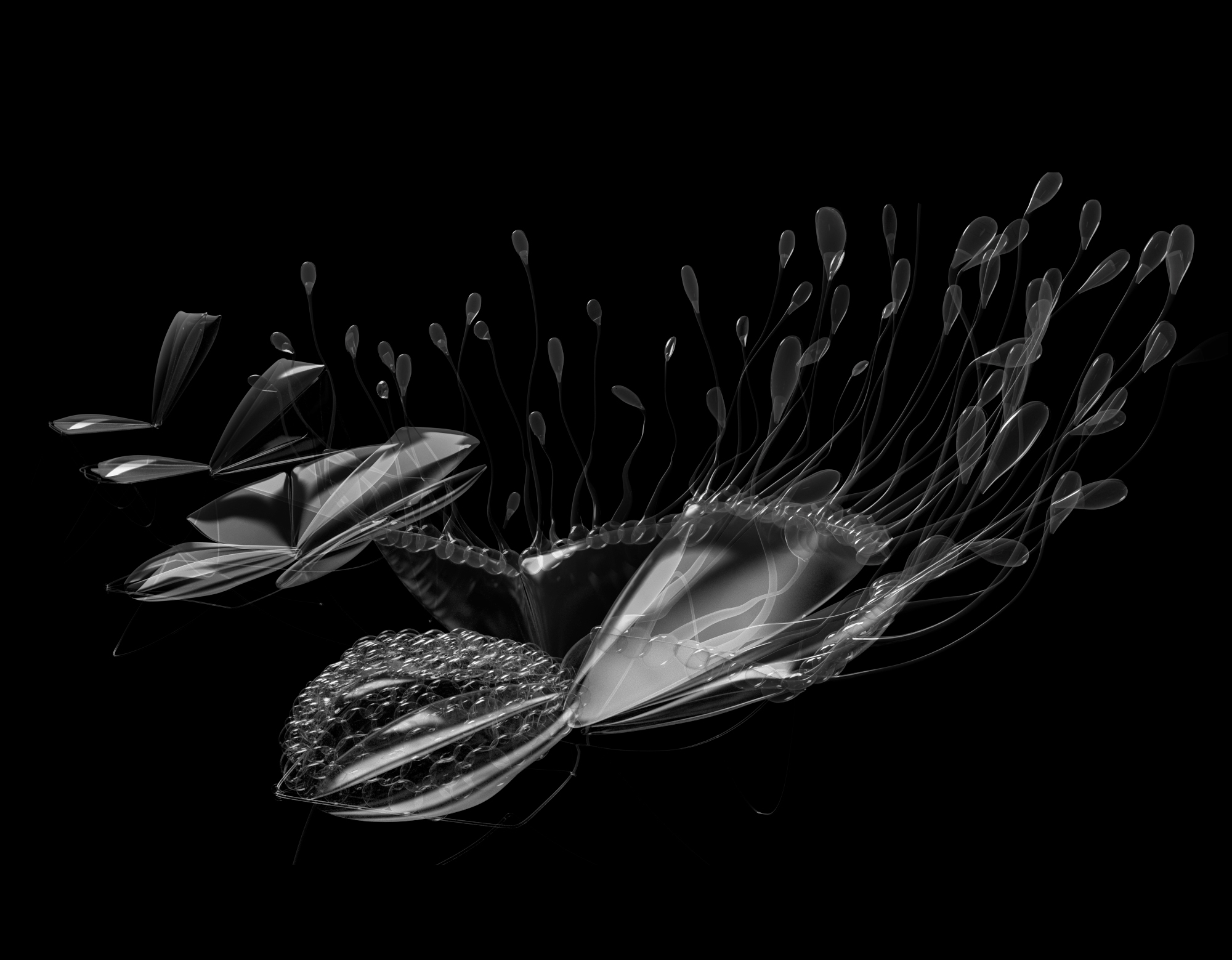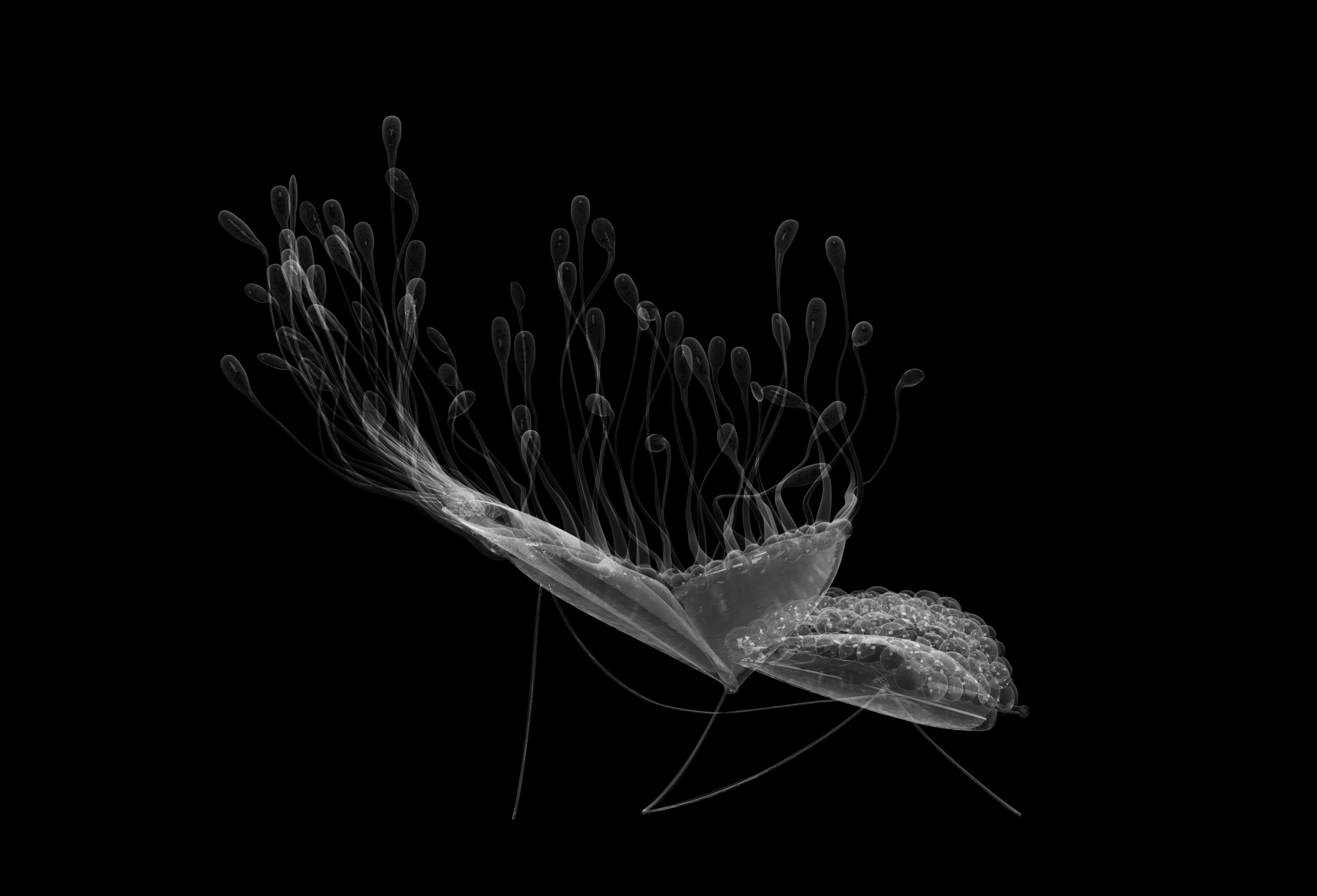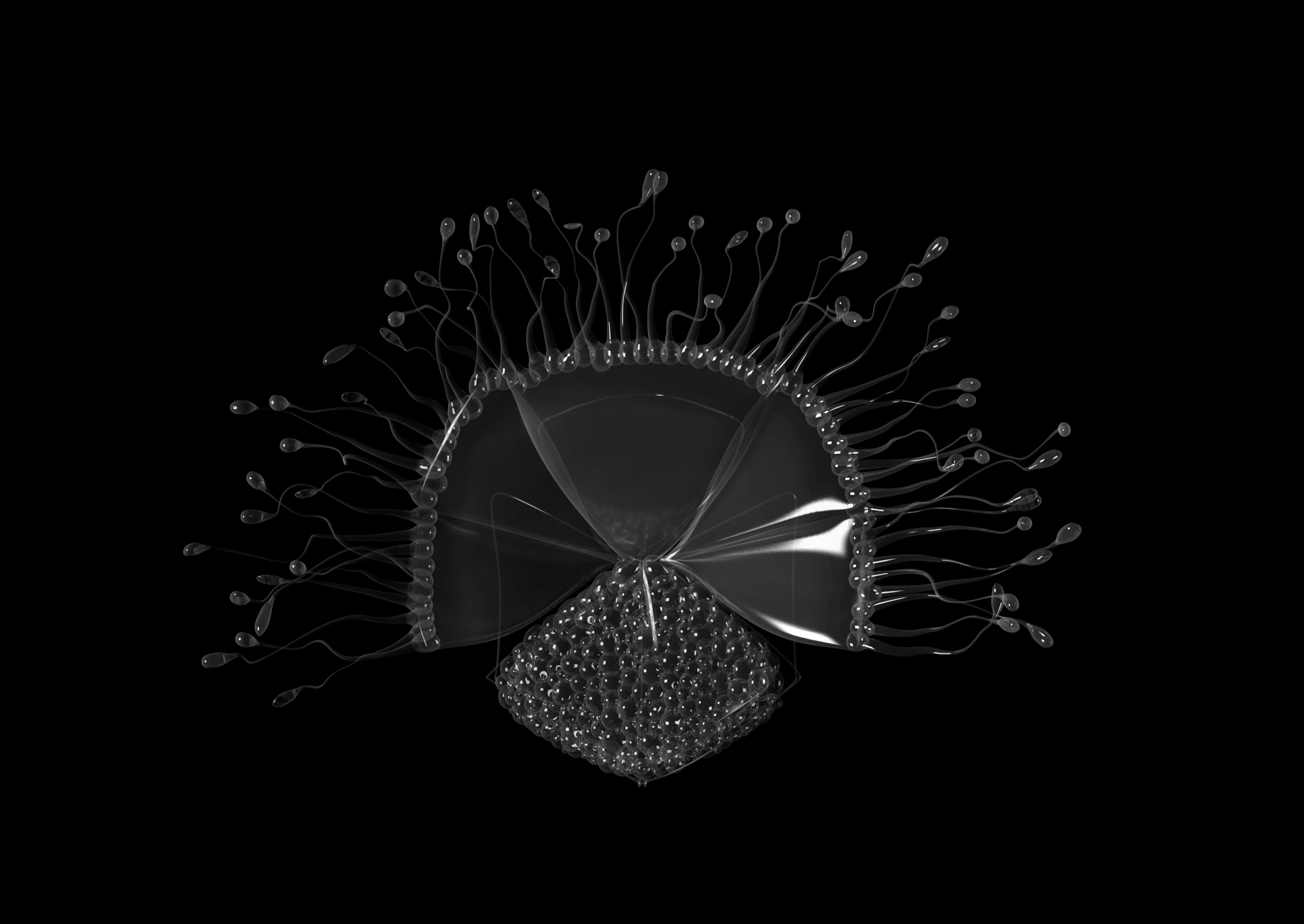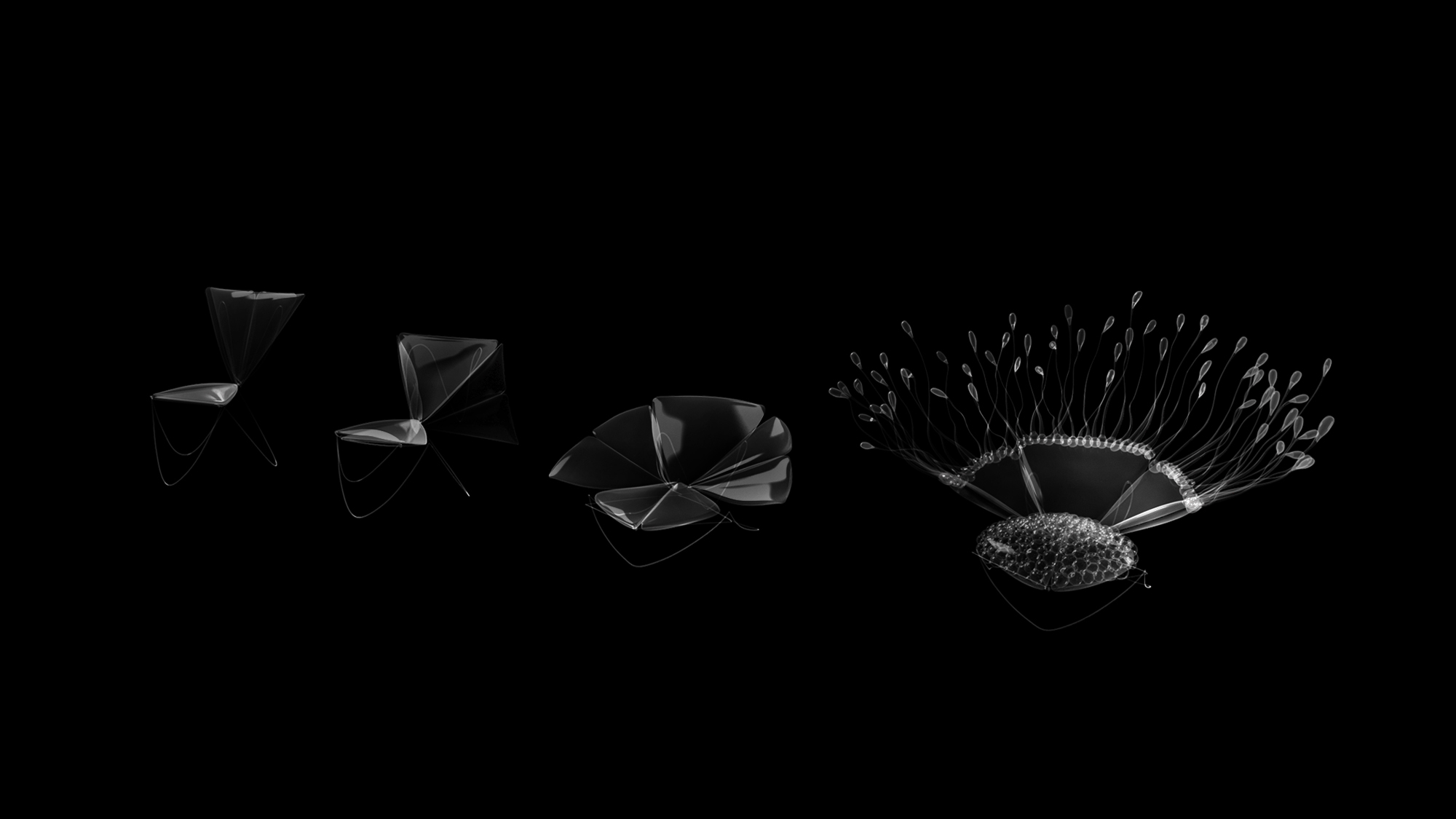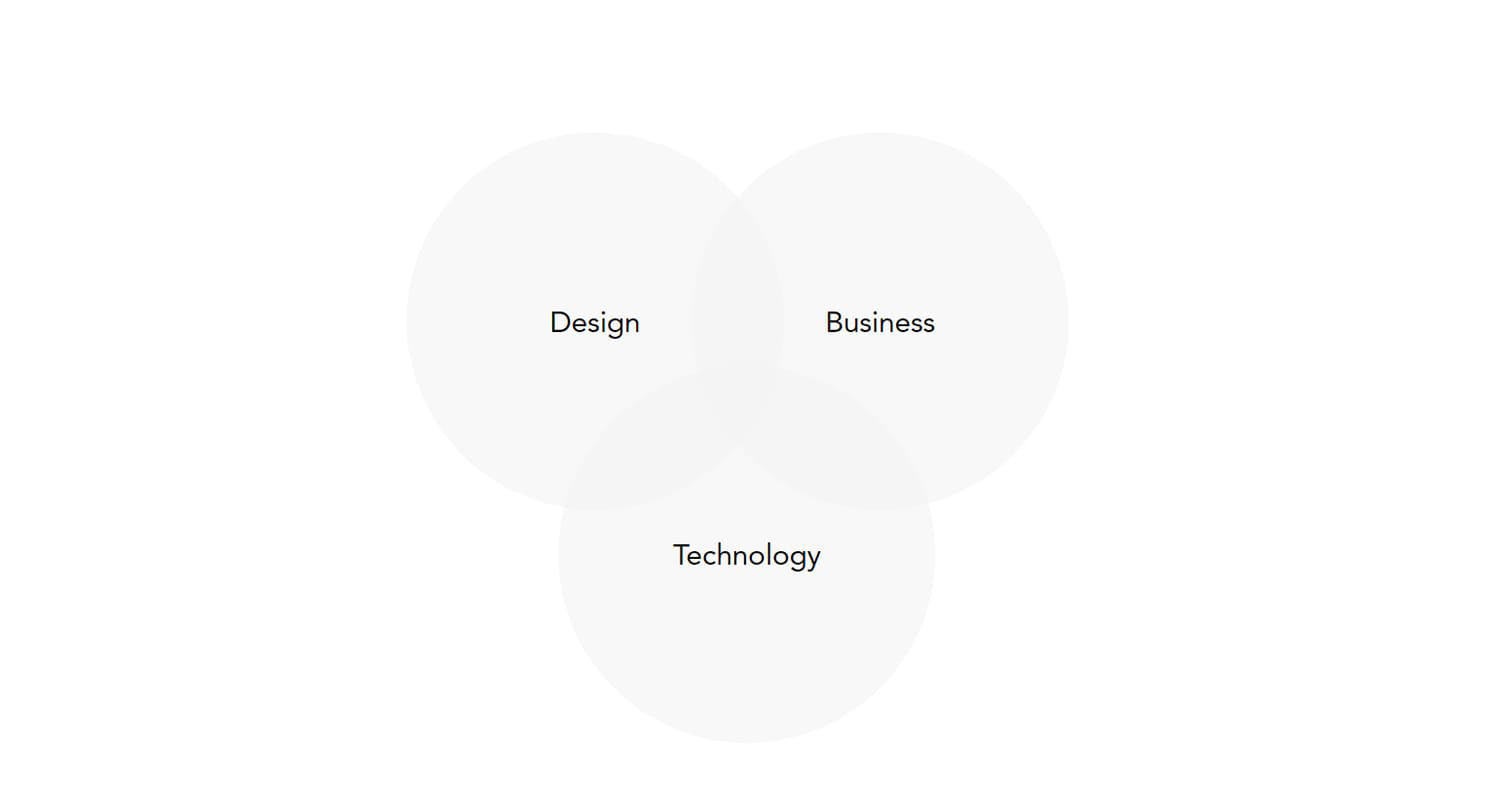ReFresh
Programmable Living Furniture that Mediates Fluid Human Existence
Furniture is an intimate interface between human beings and the environment that we spend many hours a day leaning against or sitting on.
Contrary to the ever more intelligent digital interfaces, furniture seldom interacts with its users on a “higher” level.
What if furniture had its own will? What if a chair, or a sofa, came to life?
Independent Work | 2019 Skills: Product Design, 3D Modeling, Prototyping, Digital Fabrication Tools: Rhino, Mixed Materials
Fluid Furniture
My ongoing project ReFresh attempts to build the next-level human-environment interface that is smart, attentive and even nifty at times.
The 1st-stage MVP is a transformable chair that shifts between a working state and a chilling-out state to delight and refresh its user.
The ultimate goal is much larger though,
which is to revolutionize the heavily-used but less-disrupted interface with intelligent behaviors and sensations.
The project is inspired by nature, and meant to bring furniture to an organic, living breathing stage.
Details
ReFresh consists of the load-bearing skeleton as well as the cushion made of inflatable silicon. Its skeleton leverages the stress
and strain qualities of a continuous metal tube in order to transit between two states (Rigid Vs. Relaxed).
While the inflatable cushion takes advantage of gradient silicon molding and pneumatic actuating to obtain organic forms and textures.
The whole system is simple, yet able to foster a wide variety of aesthetics and behaviors.
Background
ReFresh emerges from design, business & tech trends that appeal for furniture that is fluid rather than inflexible, alive rather than inanimate.
Design Trends
In the design field, we’ve seen a transformable trend that is not only space-saving but personality-enhancing.
It’s oddly satisfying to watch the shape-shift.
Business Trends
Transformable furniture is catching attention. While productivity tools for the Pomodoro method also showed market potentials.
There is a business opportunity to combine the transformable idea with productivity-boosting purposes for intelligent work-space furniture.
Tech Trends
In the Tech area, the boundary between soft robotics, smart electronics, and deployable architecture has been increasingly blurry.
Advances in actuation technlogies, transformable material and structures have enabled transformable design across spectrum and scales.
Ideation
Based on the transformable design, business, and tech trends, the idea of “ReFresh” began to surface.
ReFresh is a sort of programmable furniture that can adapt itself to the state of its user. Alternatively, it can also morph between
different states spontaneously, “forcing” its users to change their states of being in accordance.
Sketches
Upon ideation, I started sketching in attempt to find technically feasible solutions for “transformable furniture”.
One of the challenges that set ReFresh apart from other transformables is, the transformation has to happen with a heavy load on it.
Prototyping
Hands-on prototyping was a critical means to examine the ideas. Some were quickly debunked while the one-metal-strain solution stood out.
Form Finding
After settling on the one-metal-strain solution as the load-bearing adaptable skeleton, I started experimenting with the inflatable cushion
to afford additional shape-shifting behavior and aesthetics. It has to afford a sense of semi-private space to serve the chilling-out state.
The following are are a series of rhino models built for the form-finding of the inflatable cushion.
Final Design
Finally, after immersing myself in some marine documentaries and Bjorks, ReFresh was born!
The fundamental concept of ReFresh is to reimagine “furniture” as an organic interface between human being and the environment.
Much like an alien creature, ReFresh co-lives with its homosapien host, breathing between vigilance and slackness.
When inflated, tentacles will grow out of its body, stretching into the air while forming a semi-private dynamic space for its “host”.
Bubbles will be secreted on the cushion to give tactile sensations. In future versions, the tentacles and bubbles could provide artificial smell.
Once deflated, it goes back to the working state, hiding its organic nature behind a Pythagorean presence.
The Mood Board
Sketching for Cushion Form-Finding
Fabrication Plan
Currently I have prototyped the skeleton that can switch between a working state and a relaxing state with a simple click.
I will fabricate the inflatable pneumatic cushion using a gradient silicon molding approach, as is used by the Harvard Soft Robot Group at SEAS.
To learn more about the technique, I also found the following tutorials helpful.
http://fab.cba.mit.edu/classes/863.14/people/merav_gazit/project-16.html
https://learn.adafruit.com/silicone-robo-tentacle/powerandprogramming
What I learned
“For ambitious ideas, start small.
Build prototypes to first answer your primary challenges.
It’s better to start small and add more features later.”
Future Work
Fabrication: make 1:1 prototypes, prove the inflation works within the noise limit, and that the skeleton can support enough weight
Primary User Test: invite primary users (who are passionate about productivity tools) to test the 1:1 prototype for feedback
3. General User Test: ask common users to try out the product as an evaluation of its mass market potential
4. Kickstarter: follow the case of the Ollie Chair, start a Kickstarter campaign to raise funds
5. Collaboration: spark collaboration with other productivity apps/products, reach out to IKEA or Herman Miller
6. B2B Customization: customize for business clients (specific to their site and other requirements, add in other senses…)
